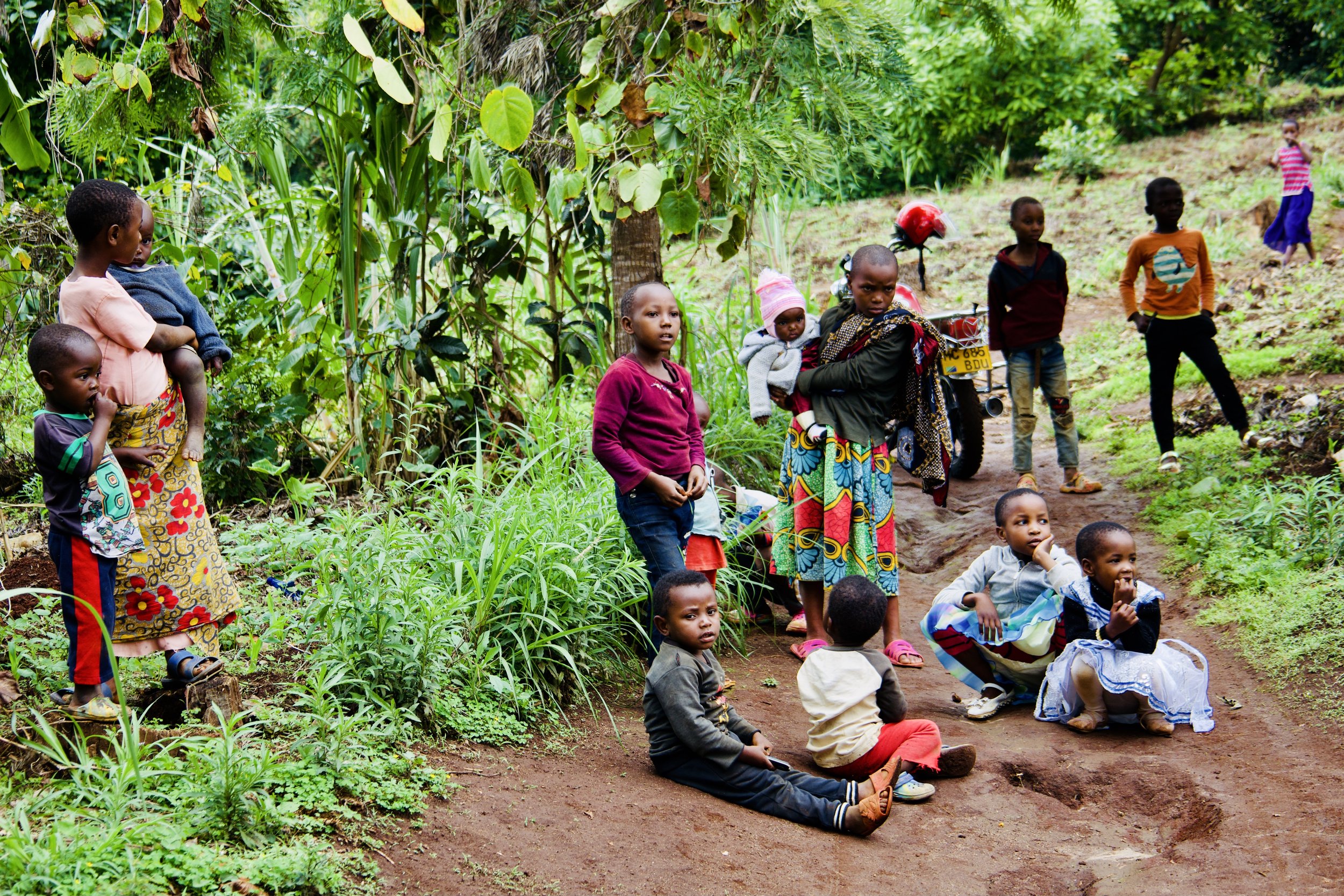There are so many reasons to travel to Tanzania, a country the size of France blessed with many of Africa’s best things to see and do. There’s the incredible wildlife, world-famous parks, white-sand beaches and, of course, Africa’s highest peak, Mount Kilimanjaro.
The sheer number of things to do in Tanzania meant Tom and I spent almost a month in country, which we timed to coincide with the “Great Migration”---the world’s largest migration of wildlife---and the best times to climb Mount Kilimanjaro. Fortunately, we could do both in December, which meant we also got to enjoy a white Christmas on the “rooftop of Africa.” Read on for stories and photos that may make you want to quit your jobs and travel to Tanzania, too!
7 Reasons To Visit Tanzania
Unique Animals
Tanzania may be best known for the Serengeti, but the famed savannah isn’t the only place to find African wildlife. After spending our first night in Iringa, a hilltop town where we slept off a grueling bus ride from Malawi, we drove up to Mikumi, a lesser-known game park in southern Tanzania. Founded in 1964, Mikumi National Park is a former private reserve that—while not as famous as the Serengeti—still offers an impressive showcase of lions, elephants, and the other unique animals Africa is known for.
2. Zanzibar
Early the next morning, we continued north to Dar Es Salaam, a bustling port town and Tanzania’s largest city. From here, we elbowed our way onto an overcrowded ferry headed towards Zanzibar, an island off the east coast that joined Tanzania (formerly Tanganyika) as an autonomous region in 1964. Zanzibar is also home to Tanzania’s first female president. After Tanzania’s Covid-denying president died of Covid in 2020, Zanzibar’s leader (and the country’s vice president) Samia Suluhu Hassan became Tanzania’s new president—and the country’s first female leader since independence.
3. Stone Town
We spent our first day on the island in Stone Town, Zanzibar’s oldest city and a former trading hub that flourished in the 19th century. Unfortunately, much of that business involved a bustling trade in spices and slaves, who were bought and sold by Arab traders and dispatched to Morocco, Egypt, and the Middle East. (American/Caribbean slaves were generally kidnapped and sold into slavery on Africa’s west coast). Tom and I learned more about this heartbreaking past on a city walking tour, which included stops at Freddy Mercury’s house, the old city fort, and Zanzibar’s former slave market, which was finally shuttered in 1873.
4. Island beaches
Despite the city’s dark past, I really enjoyed Stone Town and wish we could have spent a few extra days exploring the city, with its charming alleyways, ornate wooden doors, rooftop cafes, and bustling waterfront fish market. But the rest of our group was keen to keep heading north towards Zanzibar’s white sand beaches, where we’d spend the next two days swimming, sailing, and relaxing in a fancy resort—a nice change from all the camping, bus rides, and long travel days of late.
5. Usambara Mountains
Back on the mainland, we stopped briefly in Bagomoyo—another 18th-century coastal port that did a brisk trade in ivory and slaves and briefly served as a colonial capital— before continuing north to the Usambara Mountains, a spectacular mountain region covered in old-growth rainforest. These forested hills were popular with German colonists who lived here when Tanganyika was known as German East Africa—at least until Germany lost her colonies following the first World War.
6. Cooler Temperatures / Friendly People
It was easy to see why the Germans loved this area, with its lush hilltop forests and a higher elevation that makes it blessedly cooler than many parts of Africa. But by the time we arrived, the area had also been subjected to heavy rains, causing our truck to promptly get stuck in the mud. In between showers, we found time to take a long walk through hilltop villages and lunch with a local family, which treated us to delicious meal and even tried showing us how to dance!
7. The Serengeti
After our truck was finally freed with help from villagers, we drove back down the mountain and towards the Serengeti, a sprawling 30,000 km national park covering Northern Tanzania. This stunning national park (which also abuts into Kenya, where it’s known as the Masai Mara) is one of the main reasons we came to Africa in December, when millions of migrating wildebeest, zebras, and gazelles descend upon the savannah. Along the way, we spotted Mount Kilimanjaro peeking out from behind the clouds, a 5,895-meter tall reminder of what’s to come.
By Jen Swanson






